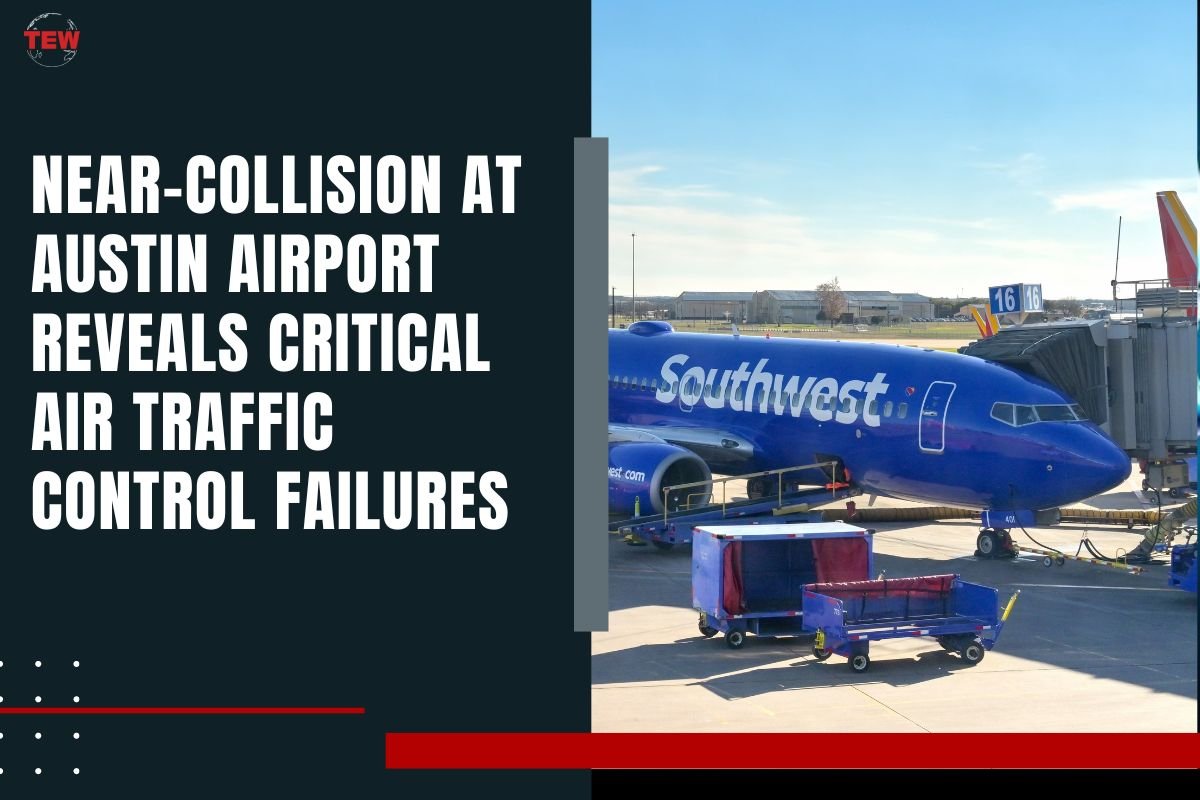Source-Simple-Flying
An alarming incident unfolded at Austin-Bergstrom International Airport in February 2023, as revealed by investigators with the National Transportation Safety Board (NTSB) during a hearing on Thursday. A potentially catastrophic near-collision occurred when a FedEx cargo plane attempting to land nearly collided with a Southwest Airlines jet preparing for takeoff due to erroneous assumptions made by an air traffic controller amidst heavy fog.
NTSB chairwoman Jennifer Homendy emphasized the human error aspect, stating, “It is an error. We’re all human. That’s why you have technology to provide that extra layer of protection, not just in the tower but also in the cockpit of the airplane.”
Incident Details and FAA Response
Air traffic controllers had cleared both the FedEx Boeing 767 and the Southwest Airlines Boeing 737 to use the same runway. The FedEx crew alerted the Southwest crew to abort the takeoff upon realizing the imminent collision, prompting both crews to take evasive action and prevent disaster.
The incident occurred amidst a troubling increase in “runway incursions” in the previous year. In response, the Federal Aviation Administration (FAA) implemented additional controller training and convened a national safety summit. Despite these efforts, similar incidents continue to occur, with at least seven incidents classified as level A or B so far this year.
Homendy stressed the severity of the situation, stating, “This really could have ended up in catastrophe and the death of 133 people.” The hearing provided further insight into the incident and highlighted recommendations for preventing similar occurrences in the future.
Controller Errors and Recommendations
The air traffic controller, Damian Campbell, admitted to NTSB investigators that the heavy fog impaired his visibility. Subsequent findings revealed that the controller failed to accurately assess the Southwest plane’s position before clearing its takeoff, leading to the near-collision.
The NTSB concluded that the controller’s flawed assumptions and biases contributed to the incident. The controller’s past experiences led him to believe that the Southwest jet could take off promptly, overlooking the extended time required for taxiing and takeoff in poor weather conditions.
The board issued seven recommendations based on the incident, including the installation of ground movement detection technology at all commercial airports and requiring pilots to report their position frequently in limited visibility conditions. Additionally, the NTSB highlighted concerning conditions at the weather office at the Austin airport, underscoring the need for improvements in infrastructure and resources to ensure aviation safety.






